Introduction
Ravenna is a city with a rich and storied history. In 402 AD, it became the capital of the western Roman empire. During this time, the city was adorned with mosaic-decorated churches that are still breathtaking to behold today.
In the 6th century, Ravenna flourished under the Ostrogoths, who built even more stunning monuments that stand as a testament to the city’s grandeur. By 540 AD, Ravenna had become the Byzantine empire’s main outpost in western Europe and continued to thrive under their rule.
In 751 AD, the Lombards assumed control of the city, and while the political landscape may have changed, Ravenna’s spirit of art, culture, and history has remained steadfast. Today, the city is a bastion of relics that pay homage to its incredible past. It is a city that inspires, a city that must be seen to be believed.
At a Glance
Highlights
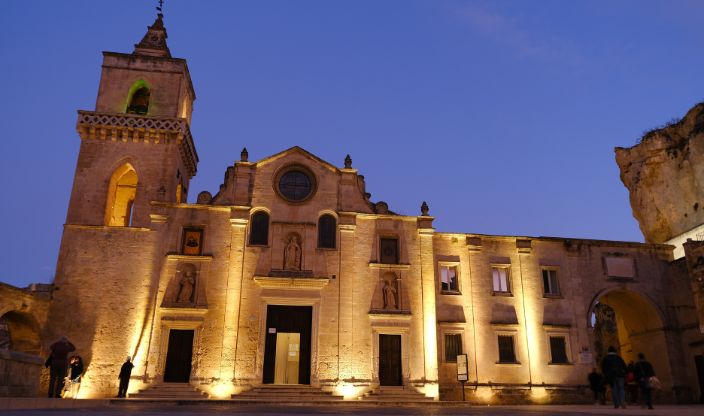
Step inside the Church of San Pietro in Silvis and be transported back in time. This stunning church, built in a Romanesque style, is a treasure trove of Ravenna’s history dating back to the 11-12th century, though it was likely raised on top of a pre-existing building. The frescoes here paint a vivid picture of the city’s rich art and culture, creating an immersive experience for visitors.
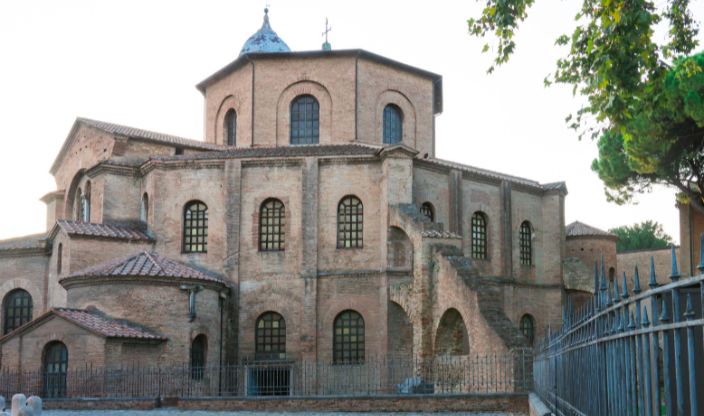
Visit the Church of San Vitale in Ravenna and explore a remarkable piece of history. Built in 526 and finished in 547, it is one of the few remaining 6th-century basilicas from Emperor Justinian I’s reign. Octagonal in shape, its unique blend of Roman and Byzantine features reflects the design of the lost Byzantine Imperial Palace Audience Chamber.
On UNESCO’s World Heritage List, this church is a timeless gem, filled with stunning mosaics depicting ancient stories such as Abraham and Melchizedek, the Sacrifice of Isaac, and Moses and the Burning Bush.
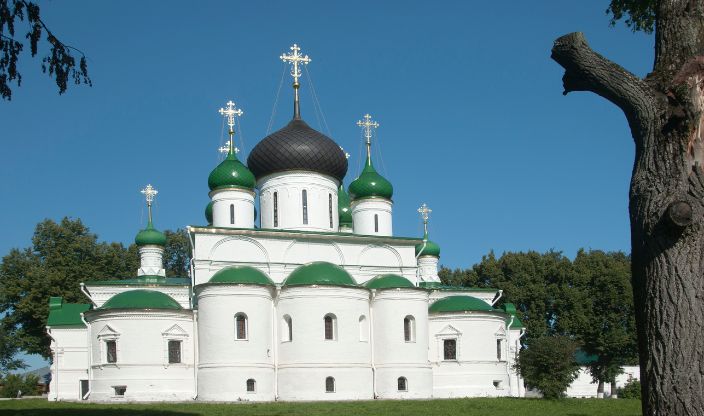
Visit the Mausoleum of Theodoric the Great and journey back to a time of grandeur and power. Built by the King of the Ostrogoths in 520 AD, this UNESCO World Heritage Site is an awe-inspiring architectural masterpiece. Consisting of two decagonal orders topped with a single 10m-diameter carved rock roof, it stands as a feat of engineering and craftsmanship unparalleled for its era. It’s still imbued with the essence of Ostrogothic reign, despite its transformation into a Christian oratory by the Byzantines.
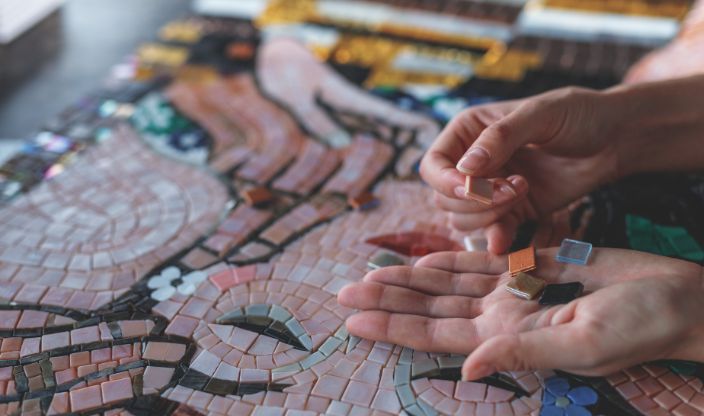
Visit a contemporary mosaic studio to explore the techniques, materials, and artistry that gives life to stunning artworks. Learn the secrets of selecting colored stones, cutting tesserae, and arranging them into beautiful works of art. Witness artisans at work to discover the craftsmanship behind this centuries-old tradition.
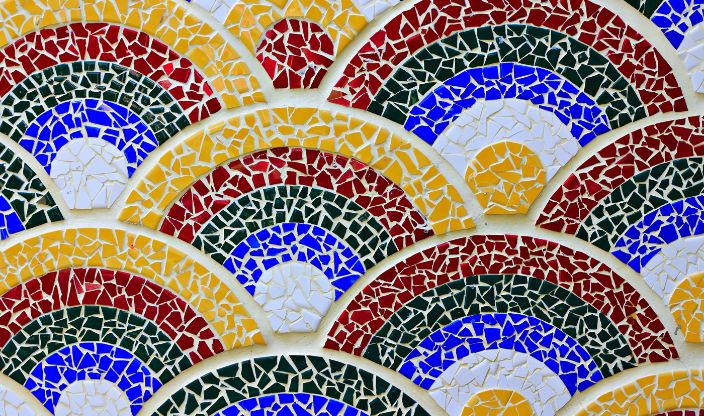
Discover the enduring legacy of this ancient art form as you explore the works of contemporary artists throughout the city. Admire a range of styles, techniques, and themes, from traditional and figurative to abstract and experimental. Delight in the vibrant colors, intricate patterns, and playful forms of these mosaic masterpieces that will leave you enchanted and inspired.
Sample Itinerary
Experience the Magic of Ravenna: A Suggested Itinerary
Delve into Ravenna’s rich heritage and discover its stunning mosaics, churches, and sites with this four-day itinerary. From UNESCO World Heritage sites to hidden gems, this journey will provide you with an unforgettable experience of the city’s culture and history.
Begin your magical adventure in Ravenna with a flight from London to Bologna, followed by a transfer to the city. Once there, check into one of the iconic historic hotels, such as Palazzo Bezzi Hotel, Hotel Mosaico, or Albergo Cappello for 3 nights.
In the afternoon, you will embark on a journey to explore the Basilica of Sant’Apollinare in Classe, consecrated in 549. This impressive monument of Byzantine art is not only on the UNESCO World Heritage List but is also considered an excellent example of early Christian basilicas due to its simple yet elegant design, gracefully balanced spaces, and beautiful decorations.
(Flight Included | Airport Transfer | D)
Begin your second day in Ravenna with a visit to the Mausoleum of Galla Placidia. This remarkable Late Antique Roman building, built between 425 and 450, boasts some of the world’s finest early Christian vault mosaics. Despite its name, Empress Galla Placidia was not buried here but in Rome.
Next, admire the beauty of the Church of San Vitale, an important example of Byzantine architecture from the 6th century. Enjoy its stunning mosaics adorned with religious figures and scenes that have become iconic symbols throughout Christian history.
Continue your tour by traveling to Residenza del Vescovi, where you can view masterpieces at Museo Palazzo Arcivescovile, located near St. Andrew’s Chapel and the Metropolitan cathedral. Some of the incredible artifacts found in the museum include the ivory pulpit of Maximian and the silver Cross of archbishop Agnello, both dating from the 6th century.
End your day with a visit to a modern mosaic studio where you can observe contemporary artisans creating works inspired by this ancient skill.
(B)
Start your day at Theodoric’s Palace and its octagonal baptistery, a grand building that has been partially reconstructed based on a large-scale mosaic found in San Apollinare Nuovo.
The next stop is the Basilica of San Apollinare Nuovo, an Arian baptistery from the fifth century featuring an awe-inspiring mosaic depicting Jesus’ baptism.
Also, make sure that you don’t miss out on Dante’s final resting place at the basilica of San Francesco. Here you can pay tribute to one of Italy’s most celebrated poets and writers who spent his last years in Ravenna.
For art lovers, there’s also the city art museum where you can admire contemporary mosaics and learn about how this traditional craft developed throughout time in Ravenna. Lastly, don’t forget to visit the Palace of Domus dei Tappeti di Pietra to witness its marble inlays and stunning mosaics up close.
(B, D)
Begin your final day with a visit to the incredible Mausoleum of Theodoric. Built by the King of the Ostrogoths as his future tomb, this impressive structure is an architectural masterpiece made from massive blocks of ashlar masonry and crowned with a single rock on its roof. Admire the Gothic style and decorations while you marvel at the craftsmanship that went into its construction.
Then, drive to San Pietro in Silvis, one of Ravenna’s oldest churches. Dating back to the 7th century, this Romanesque-style church is a treasure of Ravenna’s deep history and art, featuring beautiful frescoes decorating its walls. Finally, transfer to Bologna for your flight home with unforgettable memories.
The city of Ravenna has something for everyone. From the stunning mosaics, historic churches, and impressive mausoleums to the contemporary art and vibrant culture, it’s a trip that will leave you feeling inspired and rejuvenated.
(B, L)


















